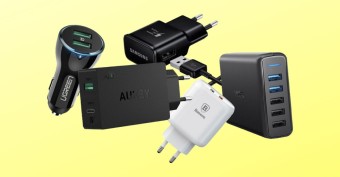Operating system Android 10 Q: what, where, when?
We independently test the products and technologies that we recommend.

Historical digression
The first Android smartphone HTC Dream (better known by the carrier name T-Mobile G1) was released back in 2008, as Google's answer to the iPhone with iOS. For the next two years, Android remained a rather unpopular and low-functional mobile OS, losing not only Apple iOS, but even RIM Blackberry and Nokia Symbian.
The truly successful and widespread version of Android 2.3 Gingerbread, released in 2010. The subsequent 3.2 Honeycomb was an experimental project designed exclusively for tablets. And in 2011, the smartphone and tablet versions of Android reunited again in 4.0 Ice Cream Sandwich.
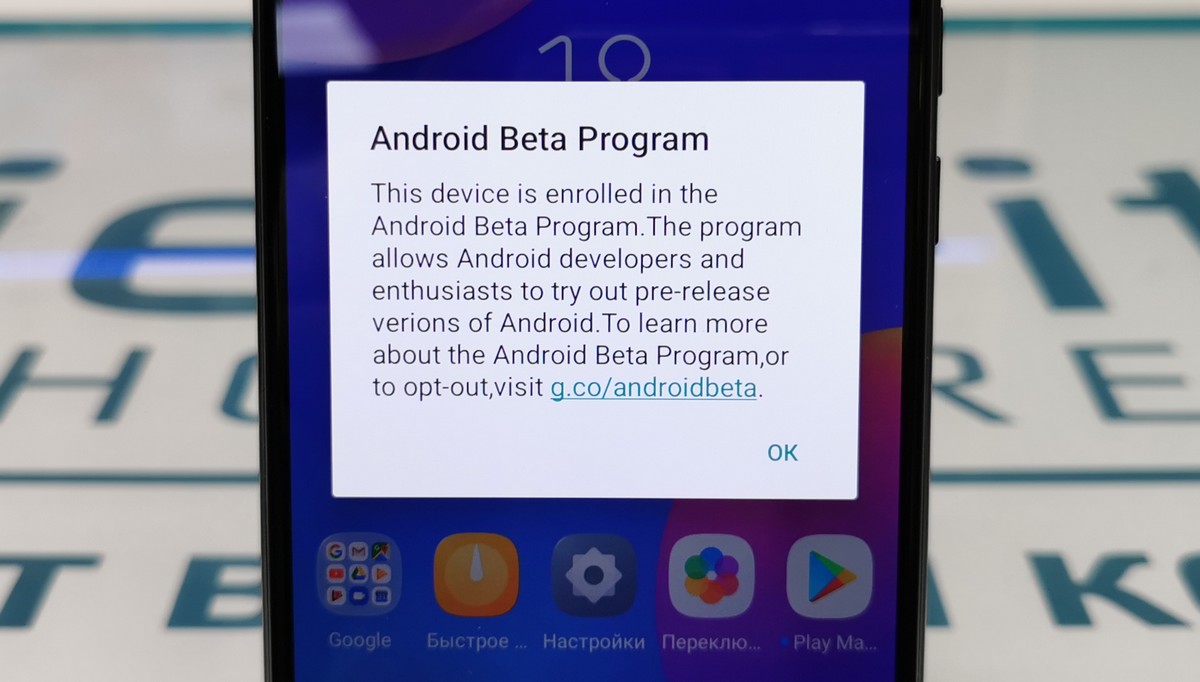 |
The most breakthrough years of Android development, perhaps, were 2011 – 2013. So, version 4.1 of Jelly Bean significantly improved the smoothness of the interface animation, 4.2 added the ability to create multiple user accounts on one device, 4.3 introduced a new OpenGL ES 3.0 graphics engine, and 4.4 received Google Now voice assistant.
In 2014, Android 5.0 Lollipop was released with an updated Material Design interface, in 2015 — 6.0 Marshmallow with the Android Pay payment system. The function of a split screen between several applications appeared in 7.0 Nougat (2016). Gesture control and battery saving mode were added in 8.0 Oreo (2017). And the latest at the moment, the final version of Android 9.0 Pie (2018) has brought support for screens with rounded corners and a cutout for the camera.
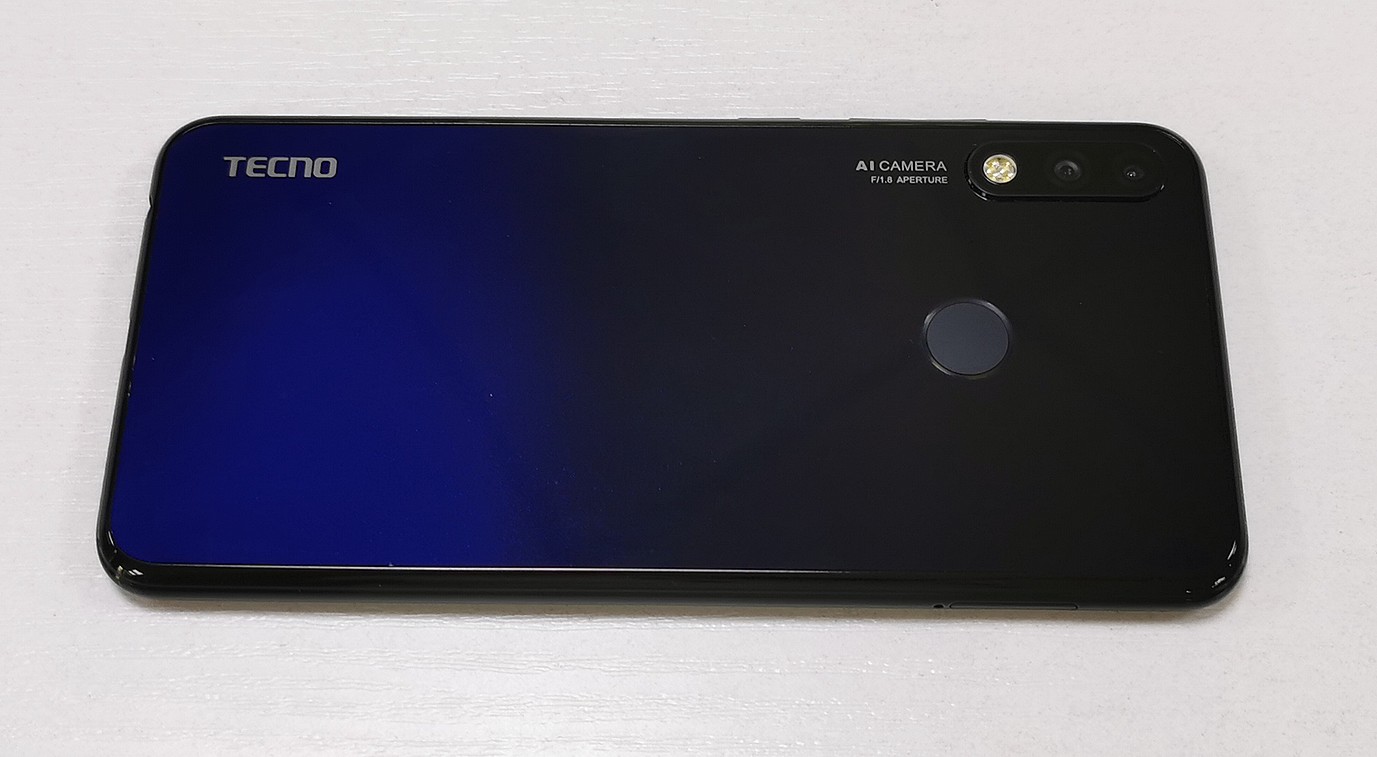 |
Slevin's Lucky Number
Twenty-one smartphone models from thirteen different manufacturers received the opportunity to upgrade to the beta version of Android 10. In addition to all models of the Google Pixel family, the list includes: Sony Xperia XZ3, Huawei Mate 20 Pro, Xiaomi Mi 9, Xiaomi Mi Mix 3 5G, Realme 3 Pro, Vivo X27, Vivo NEX S, Vivo NEX A, Nokia 8.1, Tecno Spark 3 Pro, LG G8, OnePlus 6T, Oppo Reno, ASUS Zenfone 5z and Essential PH-1.
 |
The update to the final version of Android 10 Q will be automatically available for easy download via Wi-Fi starting in August (some models will receive an update literally immediately, others will have to wait up to six months). But if you want to test the beta version now, you will have to manually flash it using a proprietary service application from the manufacturer of your smartphone.
It is doubly pleasant that Google has not limited itself to flagships and middlemen, but has provided an opportunity to test its new mobile OS and owners of low-cost smartphones, such as Tecno Spark 3 Pro. By a happy coincidence, this smartphone was just visiting us for testing. He will probably be among the first to receive the final version of Android 10 Q.

Tecno Spark 3 Pro is one of the most functional and richly equipped smartphones in the price category of about $100. Its standard size by today's standards can be called average: the diagonal of the screen is 6.2", the resolution is 1500x720 pixels, the aspect ratio is 19:9 and the classic wide notch. Fans of the new-fangled teardrop-shaped notch should look at a slightly more expensive Tecno Camon 11S 32 GB / 3 GB .
The Spark 3 Pro processor is a quad—core MediaTek MT6761, better known as Helio A22. The architecture of the processor cores is 64-bit Cortex-A53, the clock frequency is 2 GHz. The graphics accelerator is not Mali, like the old MediaTek chips, but a more progressive PowerVR GE8320. Yes, this is clearly not a flagship percentage, but in any way better than the 1.3GHz MT6739, which until recently was installed in smartphones of this price category. The main thing is that popular multiplayer games like Dota Underlords and PUBG (on medium settings) pulls without problems.
The Spark 3 Pro has 3 GB of RAM now (it would be uncomfortable to live with 2 gigs), and 32 GB of permanent flash memory. For the Android 9.0 Pie operating system (an official update to the final version 10 Q is expected soon), there are enough applications and games. And photos, videos and music are better stored on a memory card. Moreover, Spark 3 Pro has three separate trays: for a pair of "Sim cards" and one microSD, that is, you do not have to give up the "third extra".
Spark 3 Pro has two rear cameras: the main one at 13 MP and an additional one at 2 MP for measuring the depth of field (artistic bokeh effect in portrait photos). Additionally, an AI camera mode (artificial intelligence) is provided, which automatically, based on the lighting conditions, selects the optimal shooting settings, and then also programmatically adds gloss to the photos. There is one front camera — 8 MP. A proprietary HiOS shell is installed on top of Android. Fortunately, it is lightweight and does not consume too much RAM, but it adds a lot of small pleasant software "chips".
In general, the Tecno Spark 3 Pro is a cute—looking and tightly assembled low-cost smartphone with slightly better characteristics than its closest competitors. For complete happiness, I would like a high-speed Wi-Fi 802.11ac wireless communication module, but this is already a privilege of more expensive smartphones. But the Spark 3 Pro, according to the good tradition of Tecno, comes with a "gentleman's set" of accessories: a transparent silicone case, a protective film on the screen and wired headphones.
What's new?
The main innovation of Android 10, by the standards of the clean (stock) version, has become a dark theme. You can switch from the classic light to the dark "side of power" in the Settings – Screen – Theme menu. For comparison, all kinds of graphical shells (from smartphone manufacturers and third-party developers) have been offering this opportunity for a long time, and the choice of multi-coloured themes is much larger.
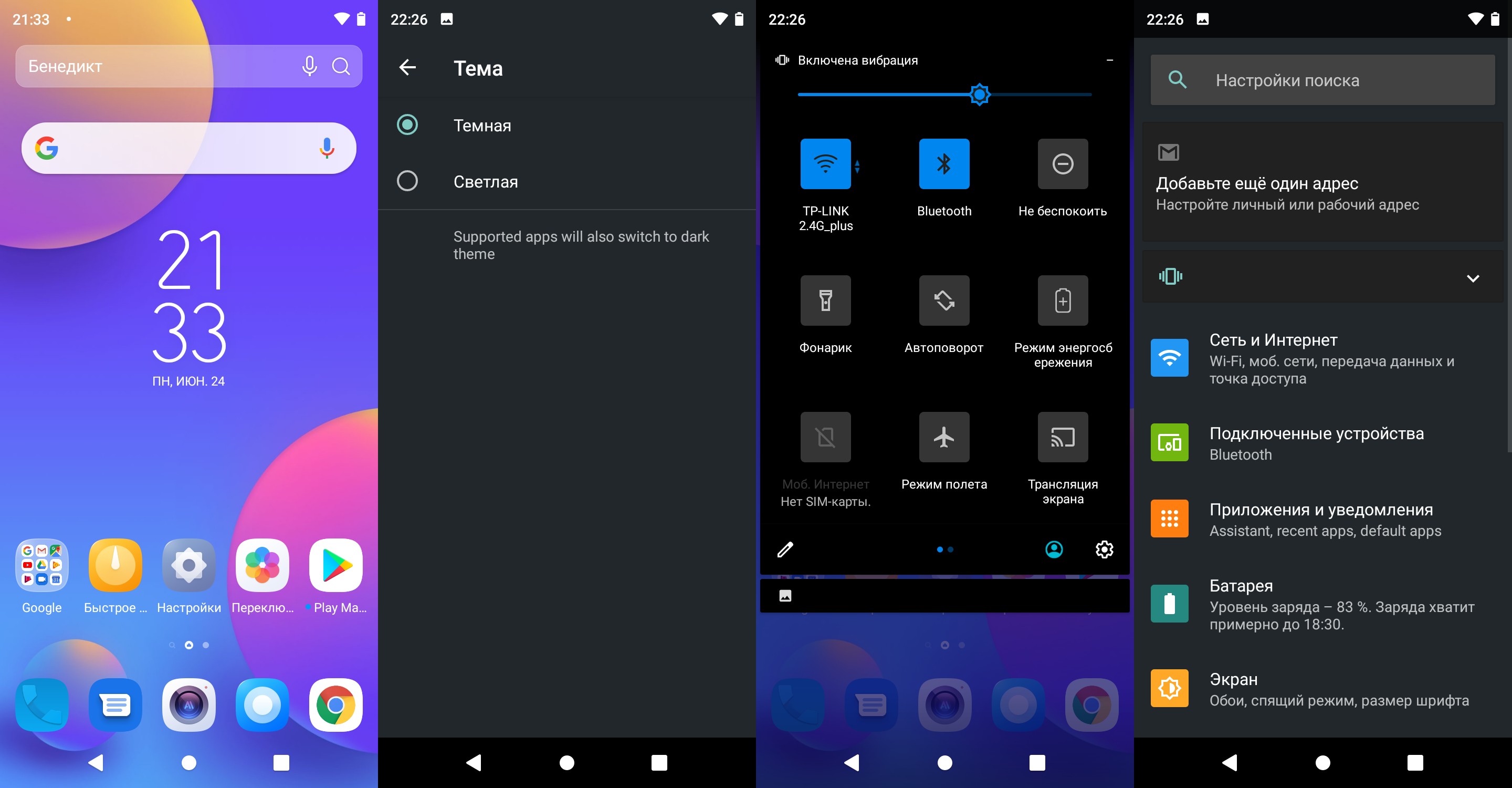 |
Owners of smartphones with AMOLED screens, whose black colour is disabled pixels, will benefit the most from a dark theme, that is, they do not consume battery power. In addition to all kinds of menus of the Android OS itself, many applications, such as Google Drive and Google Play Movies, have also darkened. Over time, there are likely to be more such examples.
In the Wi-Fi settings menu, it is now possible to share the network with another smartphone. This happens by displaying a QR code on the screen of the first smartphone and scanning it with the camera of the second. Despite the ubiquity of 4G Internet, including unlimited tariffs, Wi-Fi is still the main way to connect a smartphone to the Internet at home or in the office.
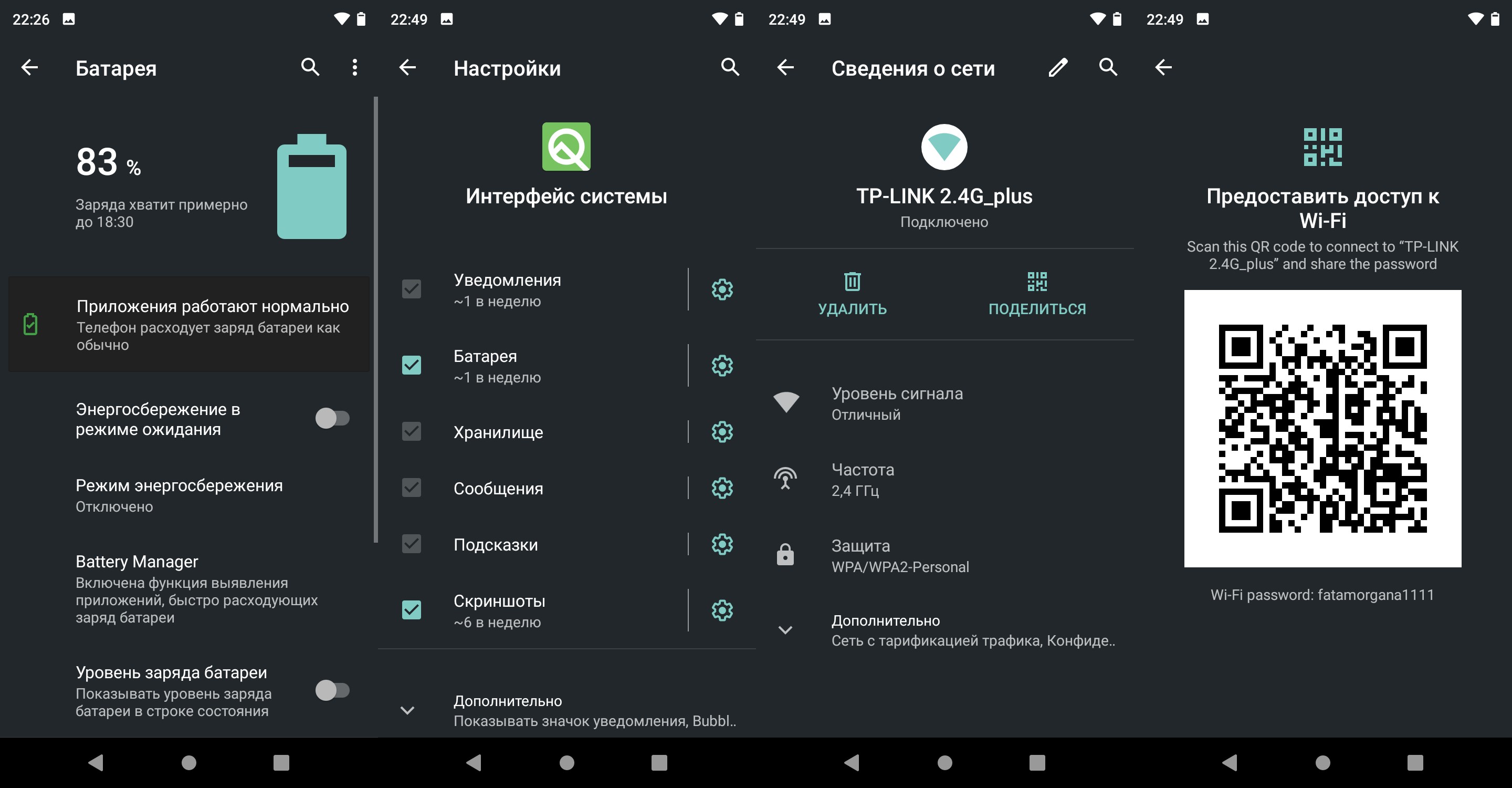 |
Notifications of the operating system and third-party applications can now be switched from normal to silent mode (notifications are displayed, but no sound signal is given), or turned off altogether (for a specific application). It has also become possible to prohibit applications from tracking the geolocation location of the user.
In addition to the application for creating and processing screenshots, there is a built-in video recorder of the screen. Previously, for this task it was necessary to use third-party programs, many of which worked only if there were unlocked Root access rights. Also, a new AV1 video codec (aka VP9), including the HDR10+ sub-version, and the Opus audio codec (Ogg) were integrated directly into the OS kernel.
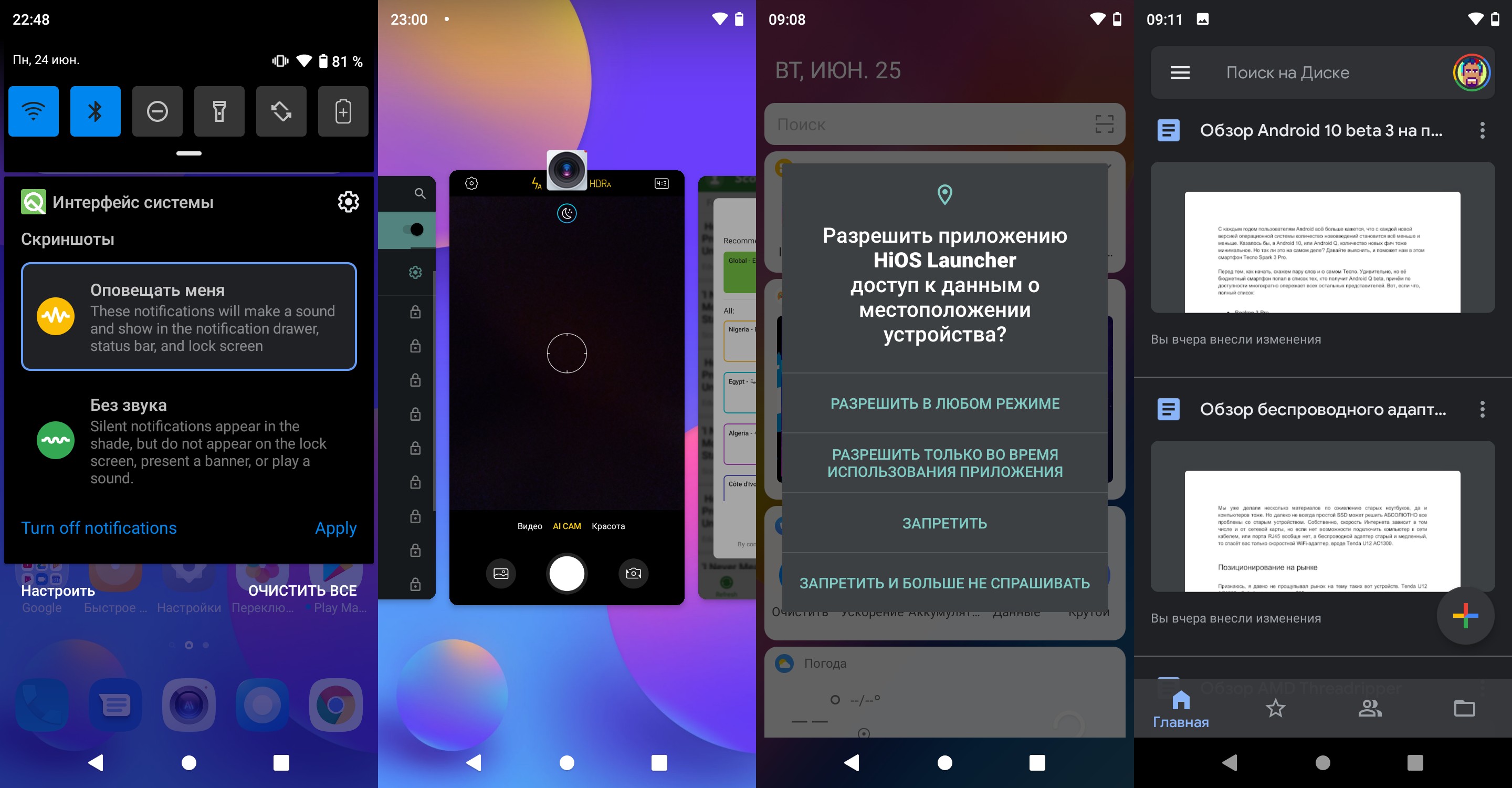 |
And of the relatively rare (or so far rare), it is worth noting the added support for musical MIDI keyboards and smartphones with a folding screen, the boom of which is expected in 2020. Also note that Android 10 Q, like previous versions, is compatible with ARM, x86_64 and MIPS processor architectures.
Conclusions
The tenth anniversary version of the Android OS has received a lot of interesting innovations. But it seems that the times of revolutionary changes in Android ended back in the mid-2000s. In recent years, Google's operating system has been developing rather evolutionarily, which, however, is also not bad. Anyway, only one security fix is a sufficient reason to upgrade to the "top ten" on occasion. Only the most inquisitive and impatient should be sent to the beta version, while the rest should wait for the finale. And we hope that the future Android 11 R will bring even more interesting new features.
Articles, reviews, useful tips
All materials
